- Second 'monster' quake could measure almost 8 on the Richter scale
- Terrible tide of at least 2,000 bodies wash up on the coastline
- Crews fight to bring reactor at nuclear power plant under control
- Millions left without food and power and hospitals have no medicine
On Friday, a quake measuring 9.0 on the Richter scale caused widespread fatalities and damage, also triggering a huge wave, which prompted the death toll to spiral into many thousands.
At least 2,000 bodies have now washed up on the country's decimated coastline, crematoriums were overflowing with the dead and rescue workers ran out of body bags as the nation faced the reality of its mounting crisis.
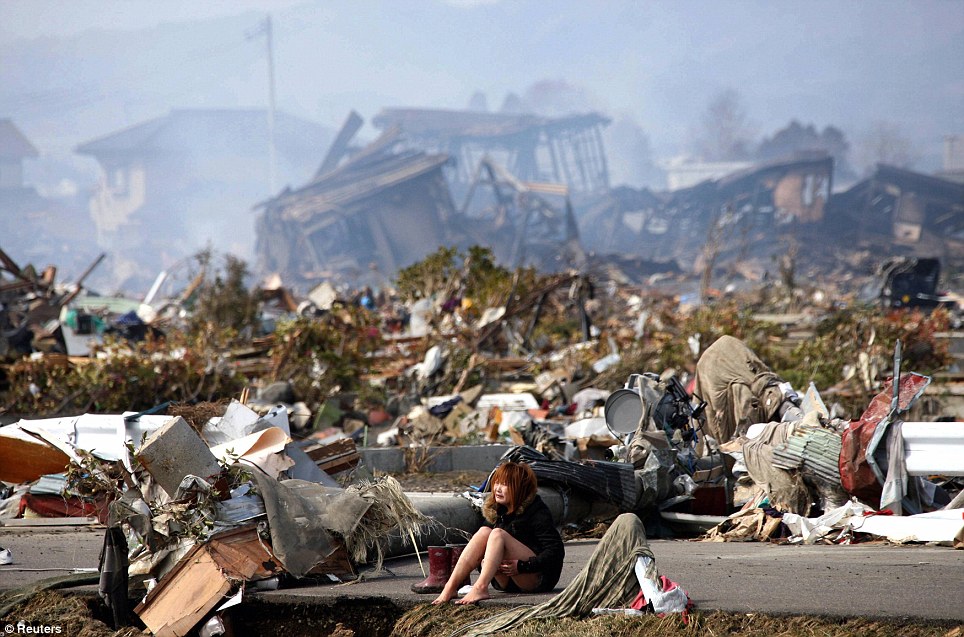
Millions were facing a fourth night without water, food or heating in near-freezing temperatures in the devastated north-east.
Meanwhile, a third reactor at a nuclear power plant lost its cooling capacity and the fuel rods at another were at least briefly fully exposed, raising fears of a meltdown.
The stock market plunged over the likelihood of huge losses by Japanese industries including big names such as Toyota and Honda.
Japanese Prime Minister Naoto Kan said the nation faced its worst crisis since World War II. Kan said last night in a television address that the nation's future will be decided by the choices made by each Japanese and urged all to join in their determination to rebuild the nation following a massive earthquake and tsunami.
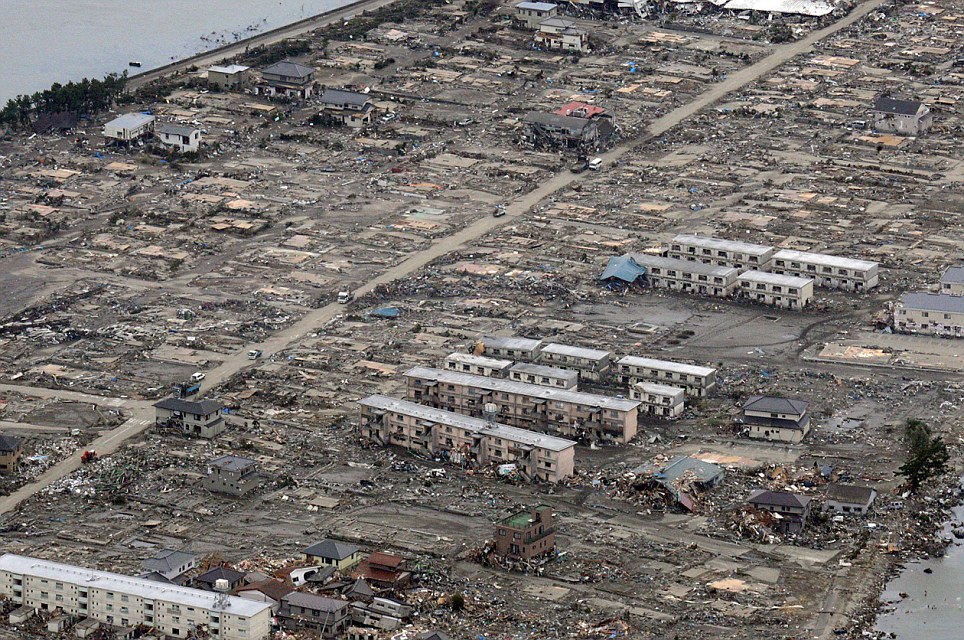
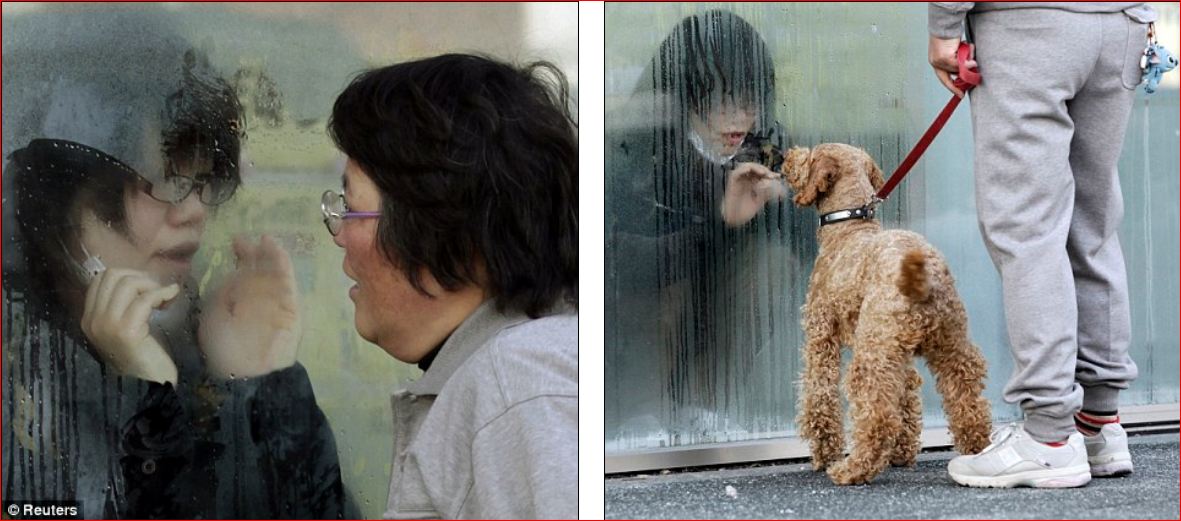
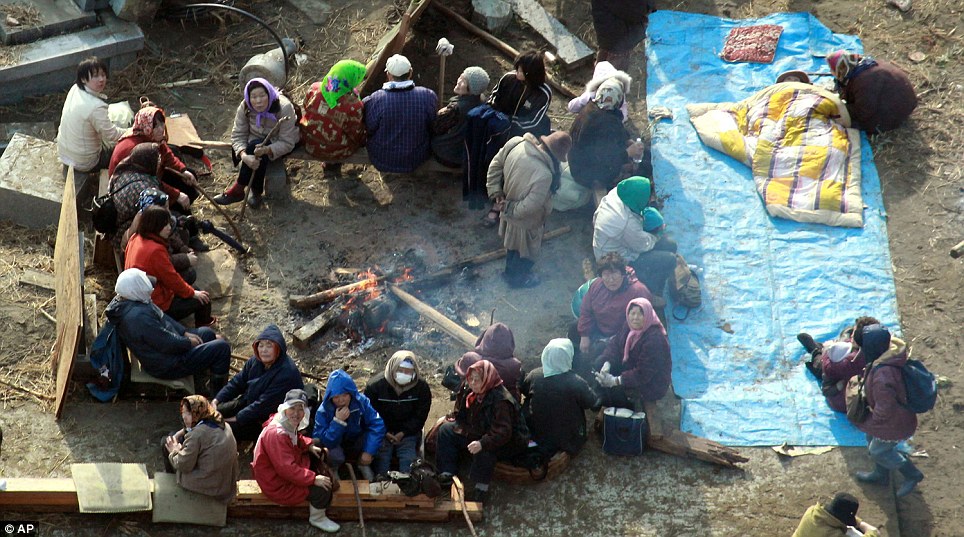
The director of the Australian Seismological Centre, Dr Kevin McCue, told the Sydney Morning Herald that there had been more than 100 smaller quakes since Friday, and a larger aftershock was likely.
'Normally they happen within days.
'The rule of thumb is that you would expect the main aftershock to be one magnitude smaller than the main shock, so you would be expecting a 7.9.
'That's a monster again in its own right that is capable of producing a tsunami and more damage.'
Another expert believes Friday's quake is the 'aftershock' of an earlier eruption two days before, in which a 7.2 magnitude explosion shook the Pacific sea floor near the northern Miyagi area.
John McCloskey, a geophysicist at the University of Ulster in Coleraine, Northern Ireland, told the journal Nature the quakes have 'probably also affected the stress field further south along the fault zone, critically increasing the earthquake risk in the Tokyo region'.
He added that the aftershocks 'may be as large as, or even stronger than, the quake that last month devastated Christchurch in New Zealand', the website Good reported.
That disaster, measuring 6.3 on the Richter scale, claimed more than 160 lives.
Japan is beginning to take stock of what the prime minister labelled its 'most severe crisis since the Second World War', when the U.S. dropped nuclear bombs on Hiroshima and Nagasaki.
Japanese police said 1,000 washed up bodies were found scattered today across the coastline of Miyagi prefecture.
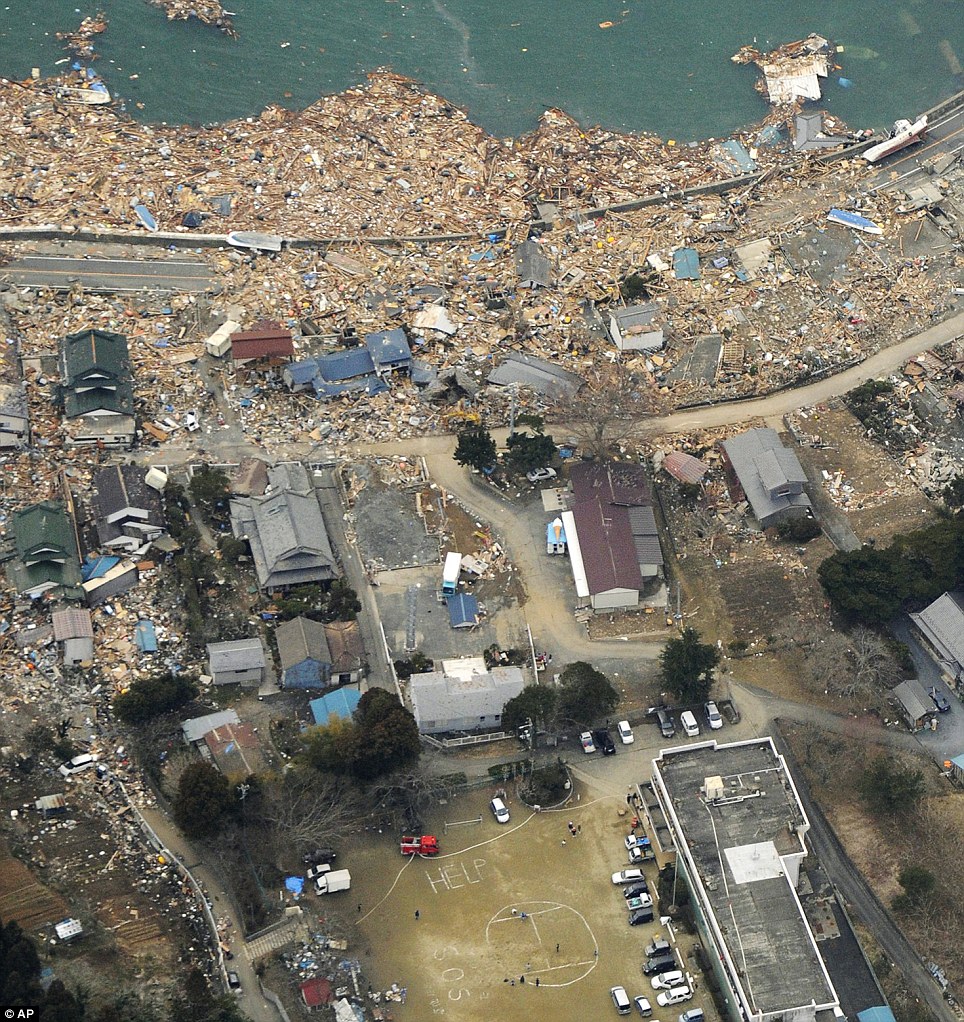
In one town in a neighbouring prefecture, the crematorium was unable to handle the crush of bodies being brought in for funerals.
'We have already begun cremations, but we can only handle 18 bodies a day,' said Katsuhiko Abe. 'We are overwhelmed and are asking other cites to help us deal with bodies. We only have one crematorium in town.'
In Japan most people opt to cremate their dead, a process that, like burial, requires permission first from local authorities. But the government took the rare step today of waiving the paperwork to speed up funerals.
A Health Ministry spokesman said: 'The current situation is so extraordinary, and it is very likely that crematoriums are running beyond capacity.
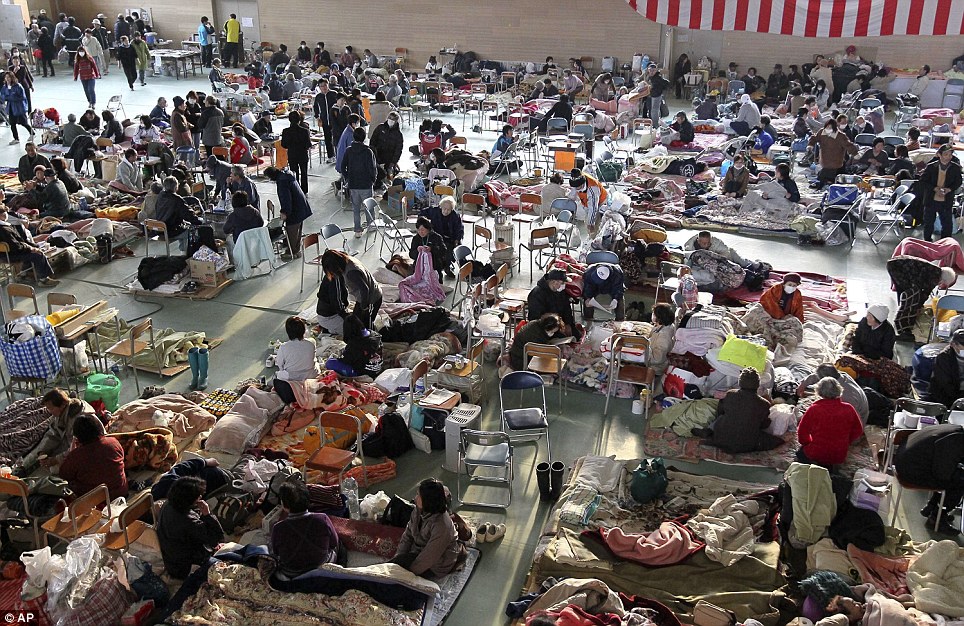
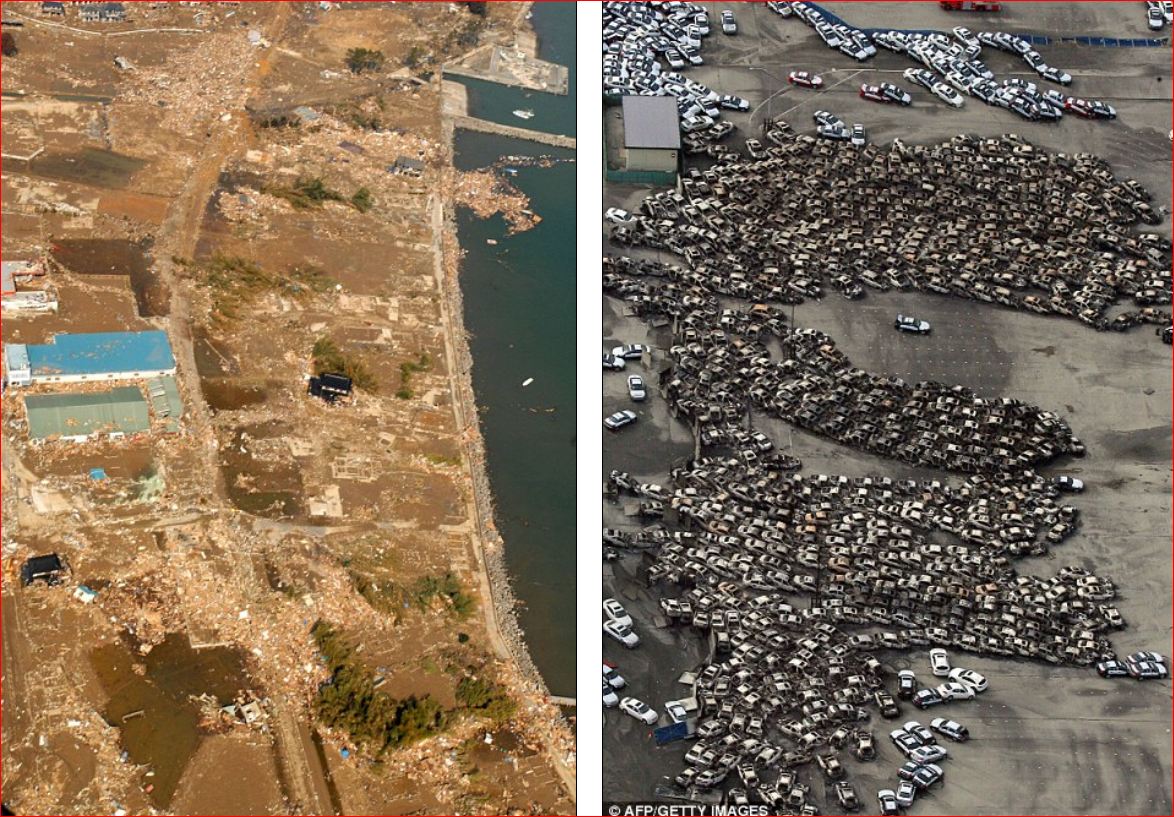
Friday's double tragedy has caused unimaginable deprivation. In many areas there is no running water, no power and four- to five-hour waits for petrol . People are suppressing hunger with instant noodles or rice balls while dealing with the loss of loved ones and homes.
'People are surviving on little food and water. Things are simply not coming,' said a government official in Iwate prefecture, one of the three hardest hit.
He said authorities were receiving just 10 per cent of the food and other supplies they need. Body bags and coffins were running so short that the government may turn to foreign funeral homes for help, he said.
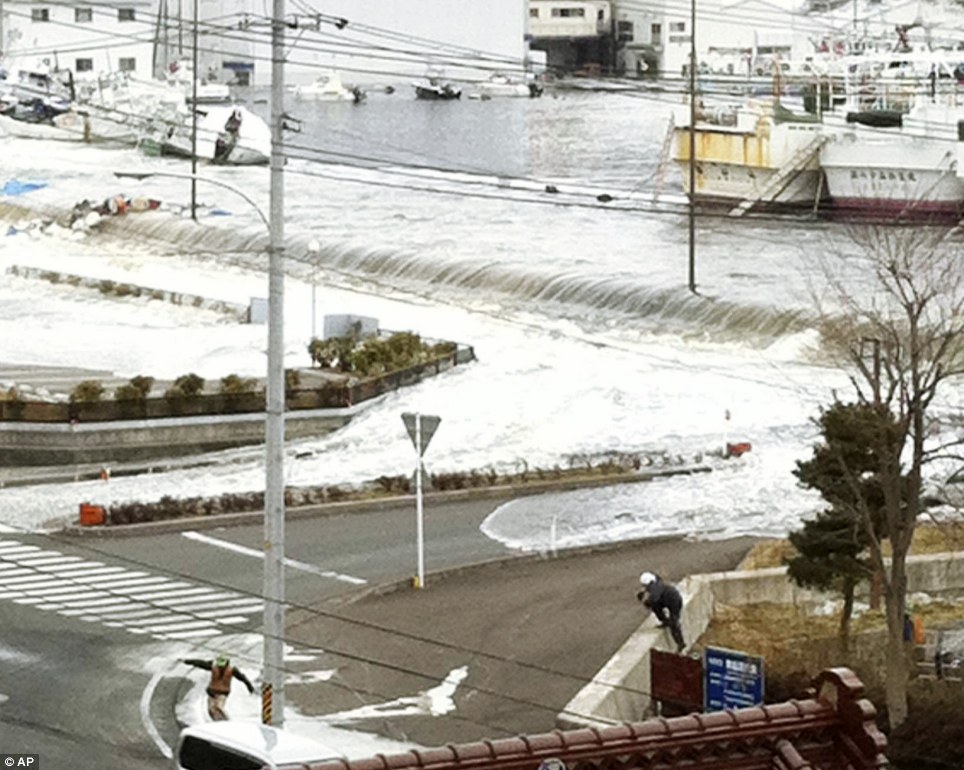
'We just did not expect such a thing to happen. It's just overwhelming.'
The coast has been hit by hundreds of aftershocks since Friday, the latest one a 6.2 magnitude quake that was followed by a new tsunami scare today.
As sirens wailed, soldiers abandoned their search operations and told residents of the devastated shoreline in Soma, the worst hit town in Fukushima prefecture, to run to higher ground.
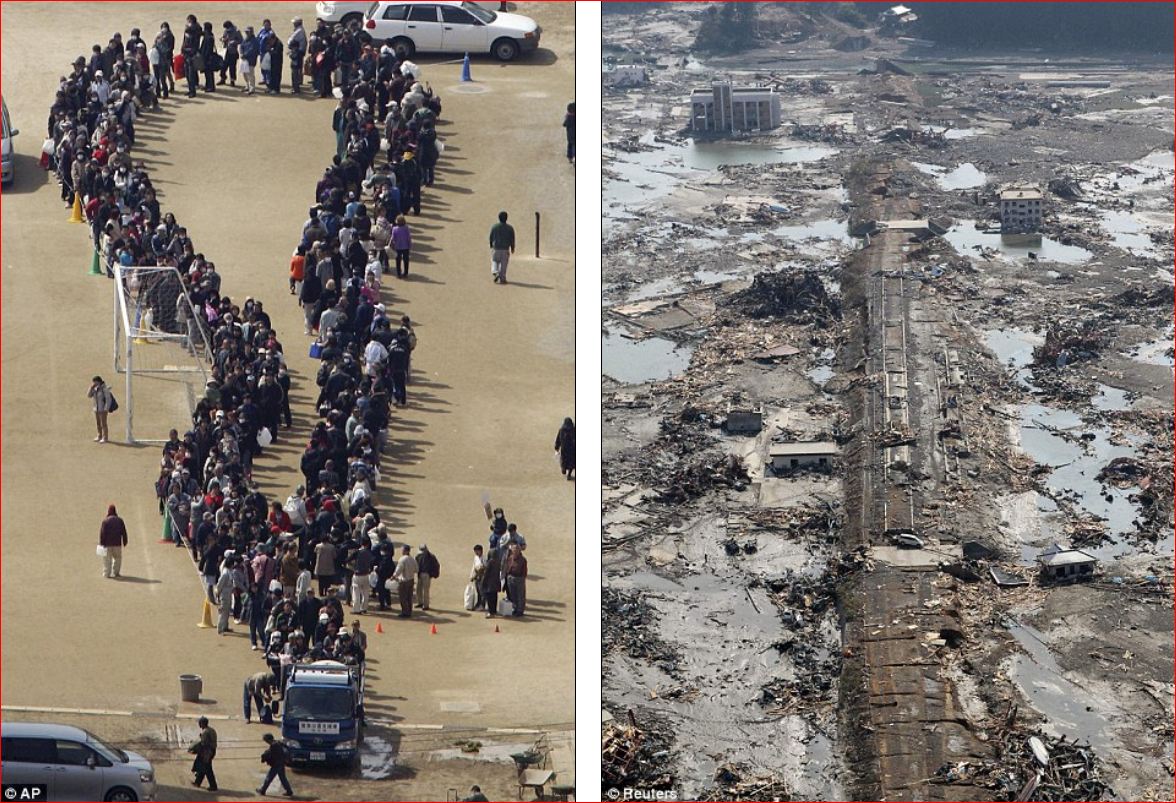
Officials said one-third of the city of 38,000 people was flooded and thousands were missing.
Hundreds of Britons - many of them English language teachers - are among those who have not been traced to date.
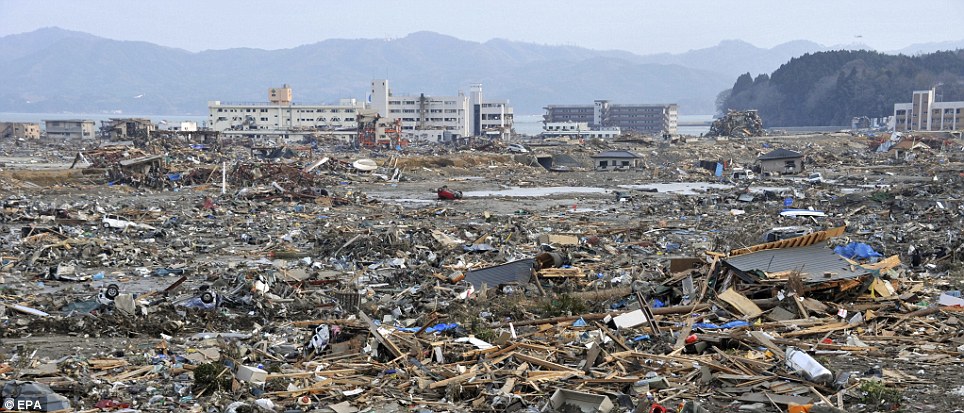
'It's a miracle really, if it turns out to be less than 10,000,' said Hery Harjono, a senior geologist with the Indonesian Science Institute, who was closely involved with the aftermath of earlier disaster that killed 230,000 people - of which only 184,000 bodies were found.
He drew parallels between the two disasters - notably that many bodies in Japan may have been sucked out to sea or remain trapped beneath rubble as they did in Indonesia's hardest-hit Aceh province.
But he also stressed that Japan's infrastructure, high-level of preparedness and city planning to keep houses away from the shore could mitigate their losses.
According to public broadcaster NHK, 430,000 people are living in emergency shelters or with relatives. Another 24,000 people are stranded.
One reason for the loss of power is the damage several nuclear reactors in the area. At one plant, Fukushima Dai-ichi, three reactors have lost the ability to cool down. Explosions have destroyed the containment buildings of the other two reactors.
More than 180,000 people have evacuated the area around the plants in recent days.
Meanwhile, the U.S. Seventh Fleet said it has moved its ships and aircraft away from an earthquake-stricken Japanese nuclear power plant after discovering low-level radioactive contamination.
The fleet said today that the radiation was from a plume of smoke and steam released from the crippled Fukushima Dai-Ichi plant, which has been hit by two explosions since Friday's devastating earthquake and tsunami.
The aircraft carrier USS Ronald Reagan was about 100 miles (160km) offshore when its instruments detected the radiation.
But the fleet said the dose of radiation was about the same as one month's normal exposure to natural background radiation in the environment.
Tokyo Electric Power held off on imposing rolling blackouts planned for today, but called for people to try to limit electricity use.
Many regional train lines were suspended or operating on a limited schedule to help reduce the power load.
Japan's central bank injected 15 trillion yen (£114 billion) into money markets to stem worries about the world's third-largest economy.
Shares fell on the first business day after the disasters. The benchmark Nikkei 225 stock average shed nearly 634 points, or 6.2%, to 9,620.49, extending losses from Friday. Escalating concerns over the fallout of the disaster triggered a plunge that hit all sectors.
Japan's economy has been ailing for 20 years, barely managing to eke out weak growth between slowdowns. It is saddled by a massive public debt that, at 200% of gross domestic product, is the biggest among industrialised nations.
Preliminary estimates put repair costs from the earthquake and tsunami in the tens of billions of dollars - a huge blow for an already fragile economy that lost its place as the world's No. 2 to China last year.
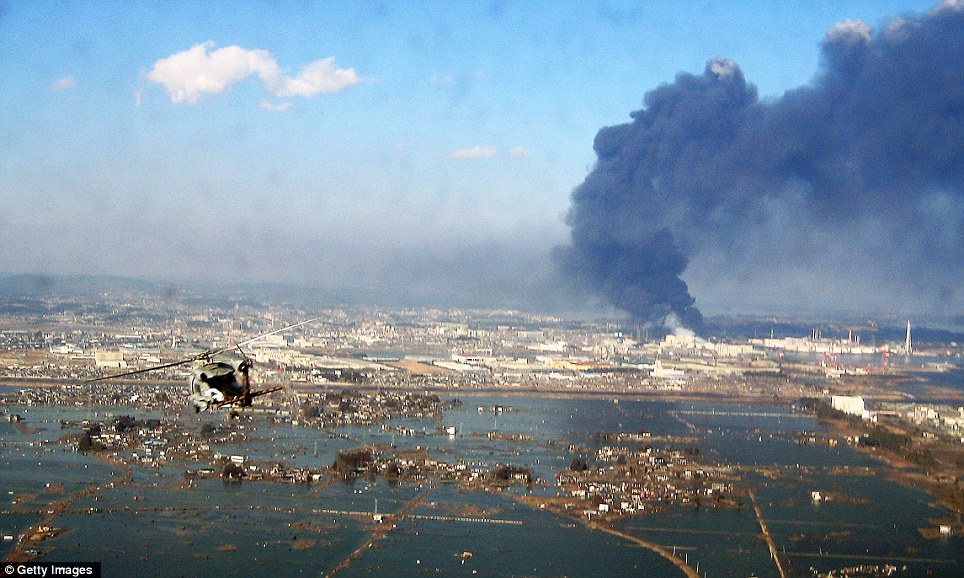
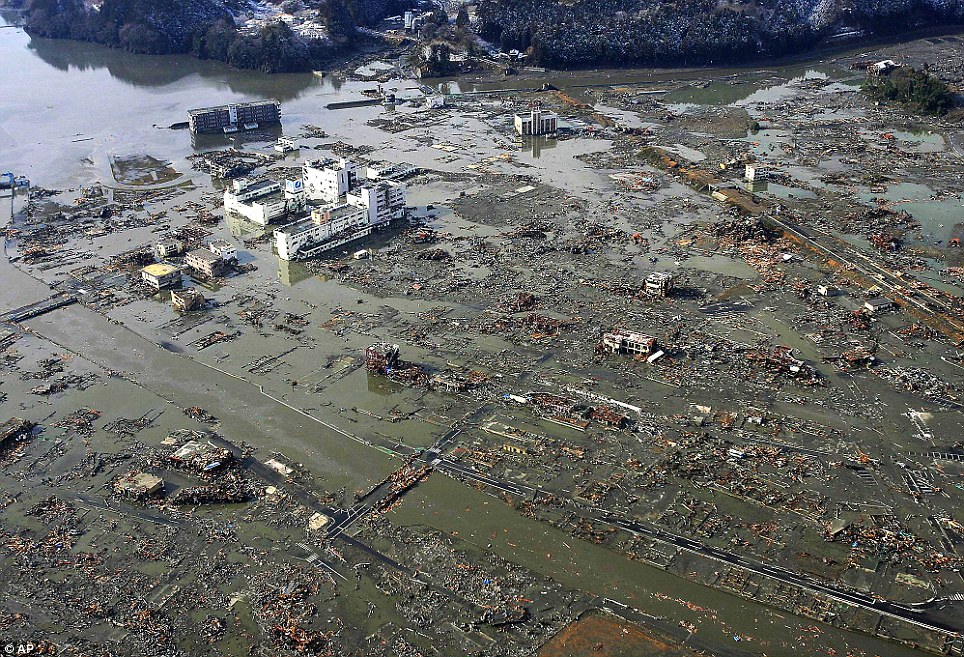
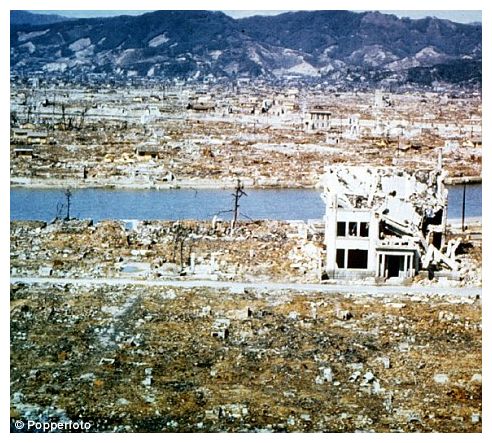



anyone feel as though this is comet elenin realated?